Put This Putting Routine Into Play Before Your Next Round - You'll Immediately Reap The Rewards
Some simple pre round putting practice can knock a lot of shots off your scores...
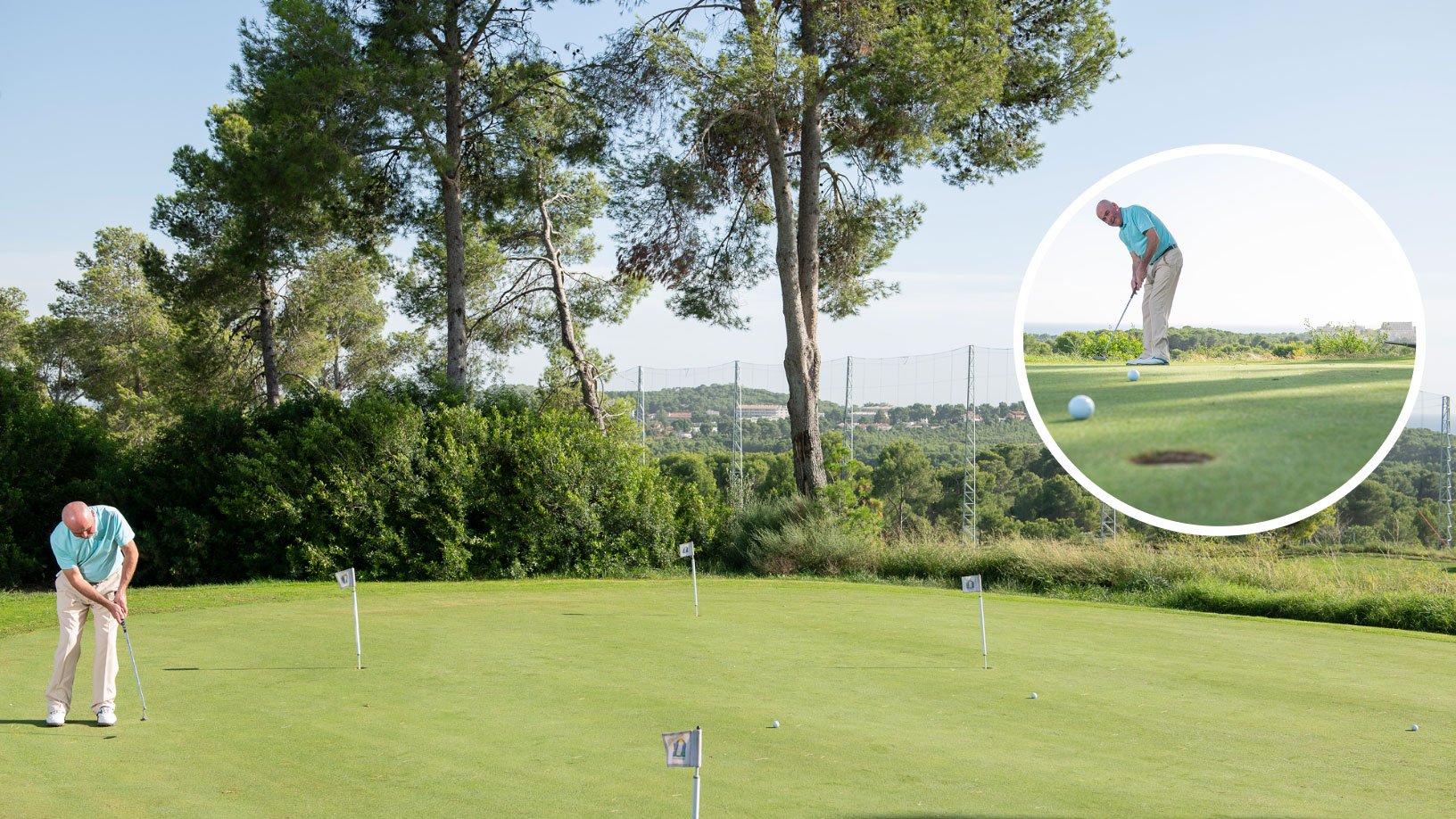

Keith Williams
A lot of recreational golfers don't have a huge amount of time to practice before playing a competitive, or social, round of golf. However, if you can allow just 10-15 minutes before your tee time to hit a few putts, you'll give yourself an big advantage on the golf course.
In this article, PGA Professional Keith Williams offers a few helpful putting tips and drills to work on prior to play. Build these into your pre round routine and you'll get your line and putting pace spot on from the off.
PRE ROUND PUTTING ROUTINE

Keith is a former European Tour player and Wales international. He has coached Tour winners and international amateur teams. A former Head Coach at England Golf, Keith also led Ian Woosnam's academy at Celtic Manor before taking up a coaching position with the Czech Golf Federation.
1. Finding the pace
Speed is everything – just watch the pros. It’s important to know how to read the break and be able to start your putt on the correct line, but without the ball rolling the correct speed, it’s unlikely to go in.
I’d encourage you to start by developing your feel for pace. Don’t focus on holing the ball straight away; simply hit a few putts of varying range across the putting surface. Don’t get bogged down by the exact distance, but mix it up so you’re hitting some mid- to long-range putts.
At this point, you’re just trying to get a feel for your stroke – almost playing a psychological game: how is my technique? How is the ball rolling? How fast are the greens?
By getting an idea of the speed, you’re going to be in much better shape by the time you strike your first ‘meaningful’ putt. If you do want an added challenge, try putting ‘fringe to fringe’, stopping a few balls as close as possible to one another.
Get the Golf Monthly Newsletter
Subscribe to the Golf Monthly newsletter to stay up to date with all the latest tour news, equipment news, reviews, head-to-heads and buyer’s guides from our team of experienced experts.

Hitting putts from fringe to fringe will give you an idea of the speed of the greens
2. Head to the slopes
Once you have a better understanding of the pace of the greens, introduce a few more variations to your putting practice. Specifically, identify part of the green where you get can more of a feel for the slopes and breaks. Vary the slopes so you can hit a few putts from the flat, as well as uphill and downhill ones.

Find part of your putting green where you can hit some putts on slopes to get used to the breaks
3. Green-reading boost
In a similar way to point two, find a spot where you can practice some putts with both left-to-right and right-to-left breaks. When you’re out on the course you obviously can’t guarantee how many putts of different breaks you’ll face, so by taking a few minutes to hole breaking putts, you’ll develop your reading of the green and head out in much better shape for whatever you’re faced with.
Remember, your golf ball will break more on faster greens, especially as it slows down nearer the hole. It’s also a good idea to get used to watching the ball run past the hole. That way, if it doesn’t drop, you get a free read coming back. Try not to look away in frustration and forego this clue, as amateurs tend to do!
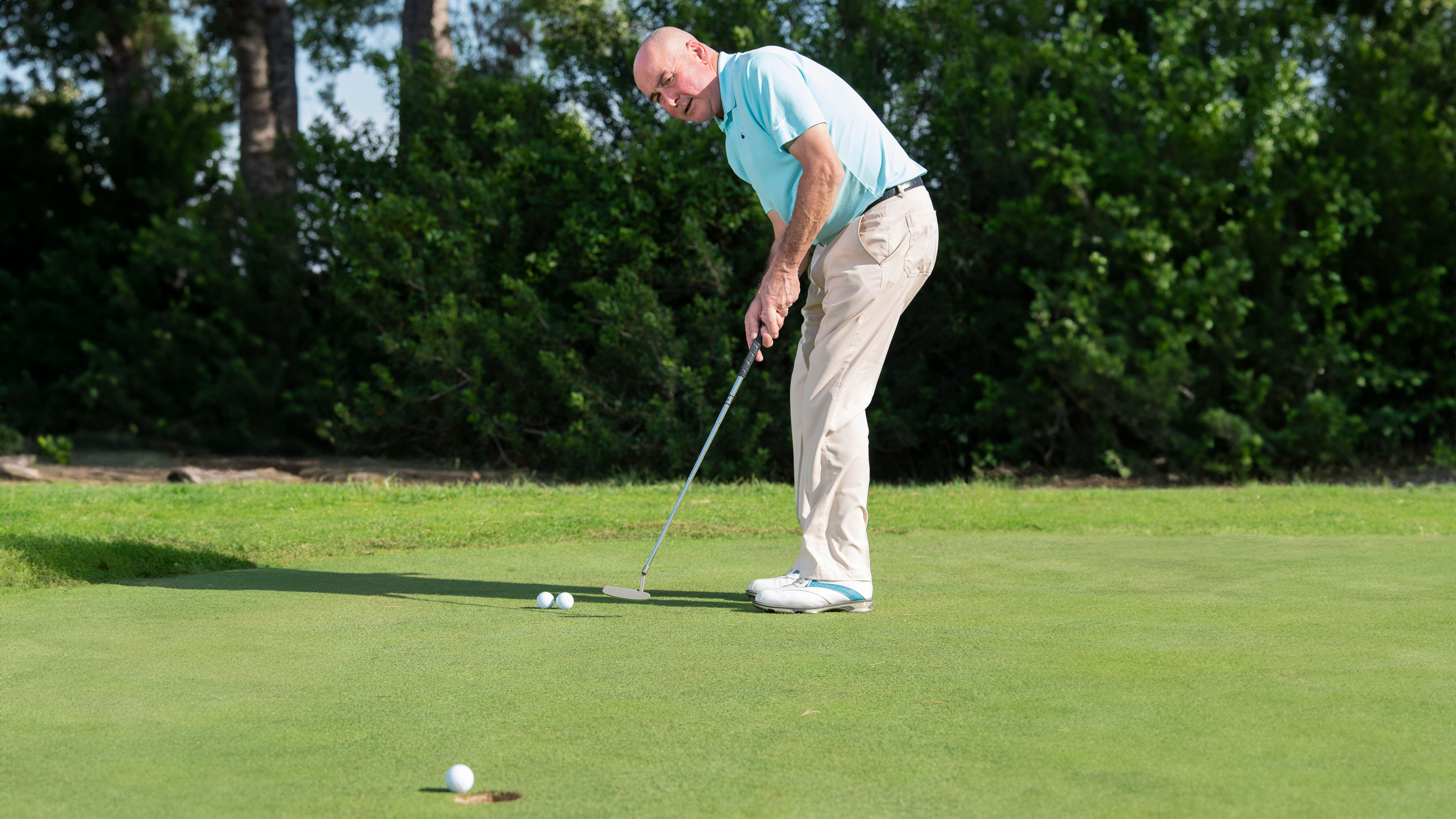
Watch the ball go past the hole if you miss - it's a free read
4. Confidence builder
I see so many amateurs solely practicing holing out, more often than not because they arrive for their tee time in a hurry and feel it’s the best way to warm-up above anything else.
This routine needn’t take longer than 10-15 minutes in order to avoid feeling like a practice session. It should end with some simple holing out from close range to help give you a confidence boost as you’re seeing and hearing the ball drop in the cup. By this point you should have a feel for your own stroke, as well as the speed of the greens.
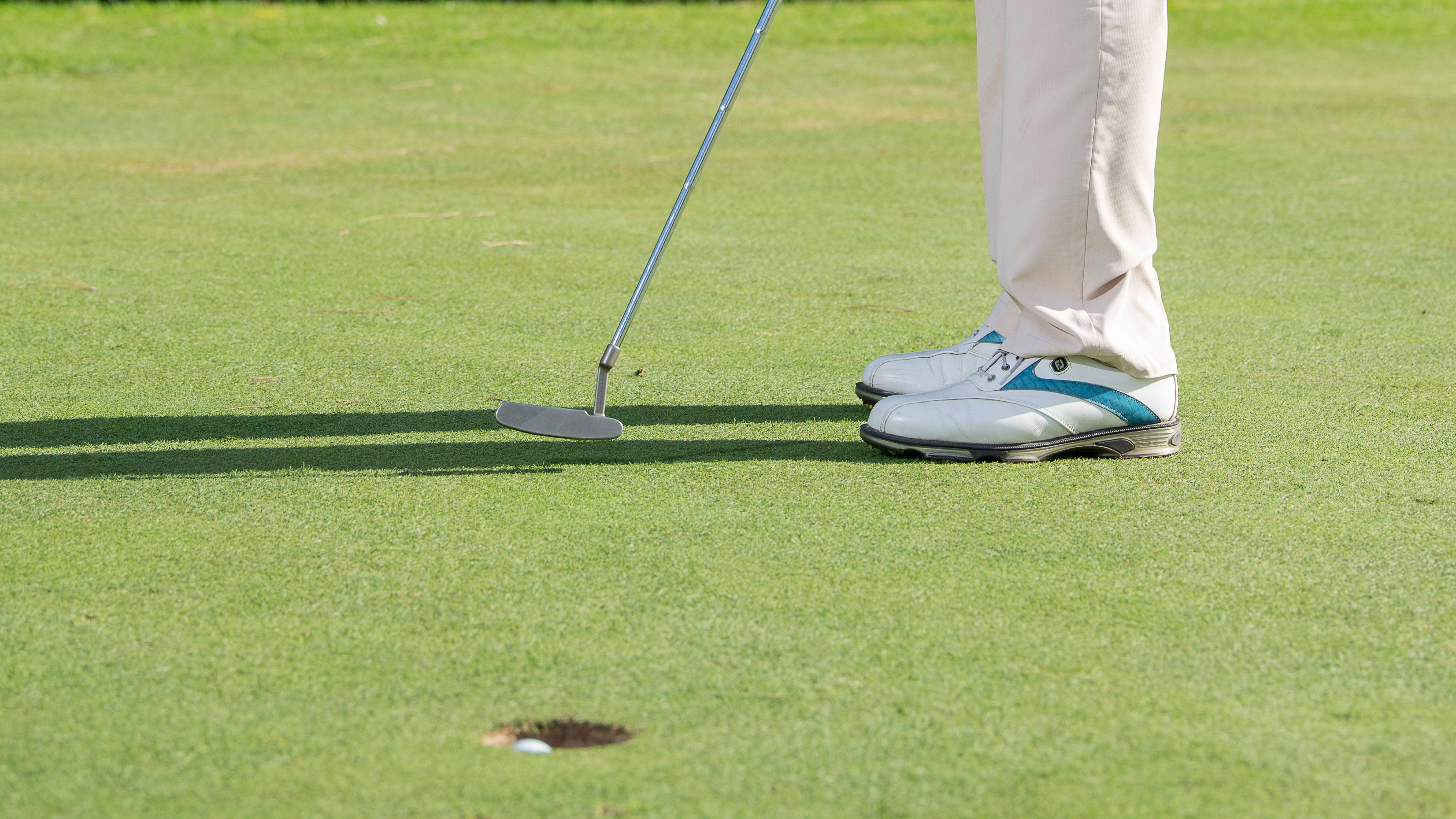
Finish off your putting practice by holing out a few putts from close range
FAQS
What can I use to practice putting?
There are numerous putting training aids on the market. The best putting mats allow you to work on putting in the comfort of your own home. Putting mats help with your alignment, as well as providing surfaces that replicate the speed of real greens so you can improve the pace and direction of your putts.
How do I stop three-putting?
An effective practice stroke is critical to long-range putting success, for it helps your brain to work out the equations it needs to judge distance control. For long putts, experiment with looking at the hole as opposed to the ground when taking your practice stroke. This will help you to get a feel for how far to take the putter back and through in order to knock the ball close to the hole.

Michael has been with Golf Monthly since 2008. A multimedia journalist, he has also worked for The Football Association, where he created content to support the England football team, The FA Cup, London 2012, and FA Women's Super League. As content editor at Foremost Golf, Michael worked closely with golf's biggest equipment manufacturers and has developed an in-depth knowledge of this side of the industry. He's a regular contributor, covering instruction, equipment, travel and feature content. Michael has interviewed many of the game's biggest stars, including seven World No.1s, and has attended and reported on numerous Major Championships and Ryder Cups around the world. He's a member of Formby Golf Club in Merseyside, UK.
- Keith WilliamsPGA Professional & Master Coach
You must confirm your public display name before commenting
Please logout and then login again, you will then be prompted to enter your display name.
-
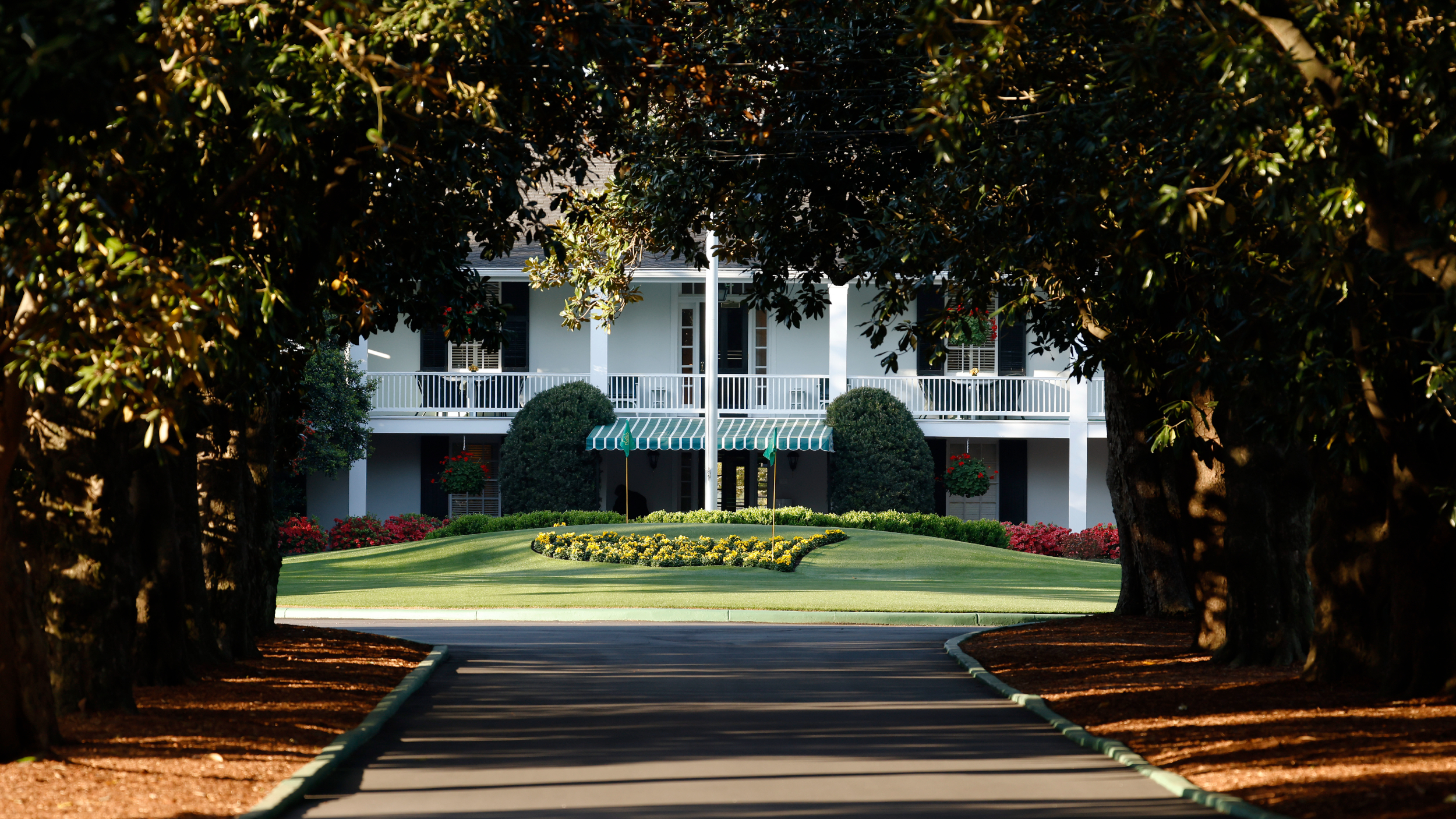 What You Get For Finishing Second At The Masters
What You Get For Finishing Second At The MastersFinishing runner-up at The Masters is sure to bring disappointment, but there are plenty of reasons for the player who misses out to be cheerful too – here are the details
By Mike Hall Published
-
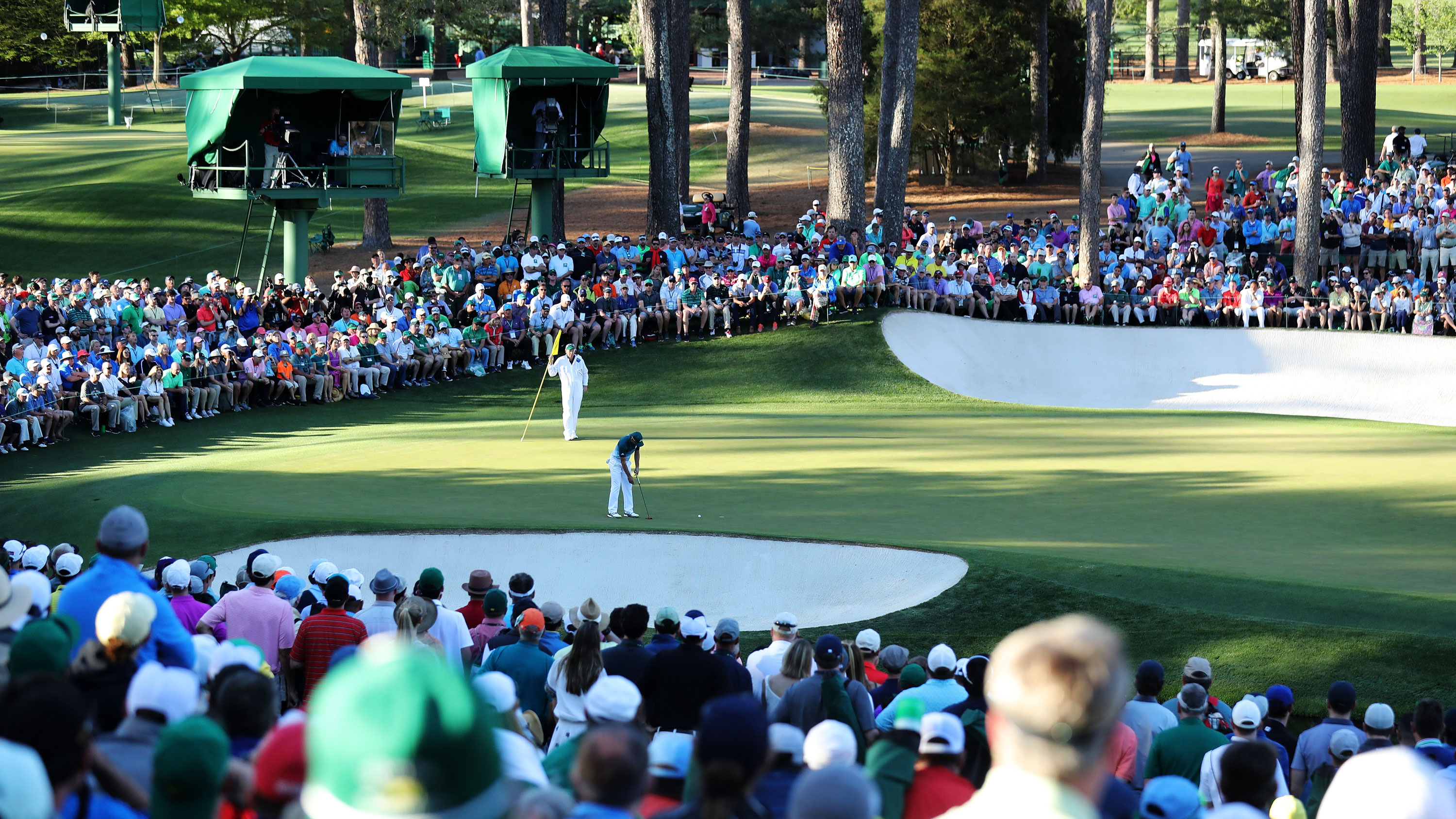 Dear Masters Tournament Committee: Please Change The Final-Round Pin Positions On 16 And 18
Dear Masters Tournament Committee: Please Change The Final-Round Pin Positions On 16 And 18The back nine at Augusta National on Masters Sunday is scintillating, but I’ve been campaigning for different pin positions on 16 and 18 for years...
By Nick Bonfield Published